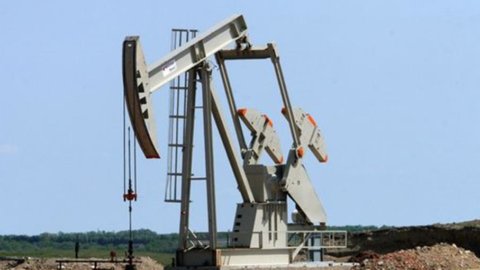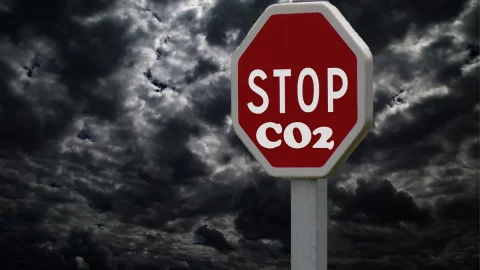Oil will move around 70 dollars in 2018, in line with 2017. The forecast comes from the Petroleum Union which held its annual meeting on Wednesday. Even if, in this matter, prudence is never too much. “Expectations for 2018 – notes the oil companies' association – are still very uncertain due to the difficulty of being able to weight the geopolitical risk. Based on the possible evolution of the fundamentals, however, we should not stray too far from the prevailing values of the last few weeks, also given the recent revision of the Opec-non-Opec agreement, with the forecast of an average 2018 of around 70 dollars".
In the flat tax period and given the recurring rumors of an intervention on diesel excise duties to rake in resources to be allocated to the tax flattening dear to Deputy Prime Minister Matteo Salvini, the president of the association, Claudio Spinaci wanted to put a few dots on the "i".
SUBSIDIES TO FOSSIL SOURCES AND FUEL e-INVOICE
"The "periodically recurring theme of subsidies granted by the State in favor of fossil products and from which the oil sector would benefit is an example of lack of clarity" disputes Claudio Spianci. “Actually such subsidies are nothing more than reductions in excise duty, in various forms (exemption, facilitation or tax credit), granted to certain economic and industrial categories (farmers, fishermen, air and sea carriers) who would otherwise be out of the market given that in Italy they are paid the highest excise duties in Europe” he clarifies. And "on the theory that the lower excise duty on diesel compared to petrol would be a subsidy, we border on the ridiculous". “As far as we are concerned, all of them could also be eliminated – attacks Spinaci – which, moreover, in some cases favor fraudulent and illegal uses. Provided, however, that whoever proposes this path clarifies the nature of the intervention and says things as they are, or that this is the umpteenth increase in excise duties for some economic categories and for motorists who own a diesel car".
Another "hot" topic is that of electronic invoicing for fuels. The Dignity Decree, which is about to reach the Council of Ministers, proposes the postponement to 1 January 2019 of the deadline against which the petrol stations had called a strike for 26 June which was later revoked. "Lhe Italian oil companies are immediately ready for electronic invoicing and if the government wants to meet the managers, it will limit itself to a softer start on invoicing only to the final consumer. We really want to fight illegality and we are ready to pay the price”.
According to the latest data published by the Petroleum Union, diesel remains the main automotive product with around 40% of the total volumes consumed, followed by petrol with just under 13%. In the transport sector, oil covers more than 92% of needs, compared to 2-3% each of the other sources. However, oil consumption has continuously decreased in recent years (-1,3% in 2017). A slight recovery can be noted in the first five months of 2018 (+1,9%).
The geopolitical tensions (USA, Iran, Venezuela) and concerns about the overall stability of the offer in the face of
a question still held.
THE INTERNATIONAL SCENARIO
In the first quarter of 2018, oil supply and demand essentially returned to balance, according to Up data. The dynamics of demand for now has been marginally affected by the growth in quotations. On the demand side, not only purchases do not seem to have been affected by the price increase, but the forecast for the end of the year is that it will exceed 100 million barrels/day against 98,5 last year.
“Fundamentals of the market and geopolitical tensions have made it possible to loosen the production constraints of the so-called OPEC Plus agreement, which in recent days has decided to redirect production to the targets decided at the end of 2016 and currently largely exceeded (OPEC cut -1,18 million b/d, actual production
Opec in May -1,86 million b/d).
THE OIL BILL FOR ITALY
Considering this reference scenario, for 2018 the UP estimates that the oil bill will therefore continue to rise: projecting the average exchange rate values and crude oil prices for the month of June up to the end of the year, as well as the current trend in consumption , the increase should be around 4 billion euros (+20%).
From the point of view of the countries of origin, "at the moment there has not yet been any impact from the announcement of the new US sanctions against Iran, which currently accounts for about 13%, but a halt in purchases is already expected from the autumn of Iranian crude oil by important operators”.





